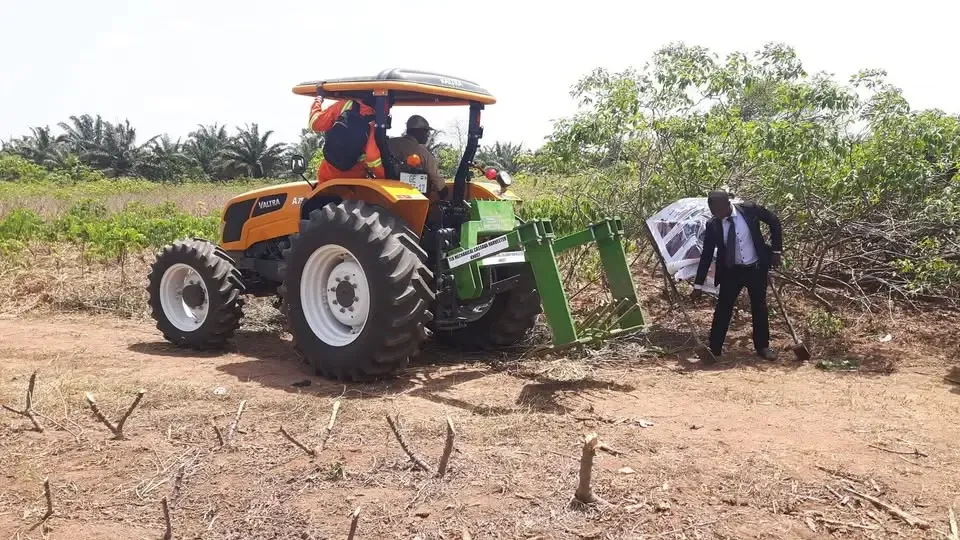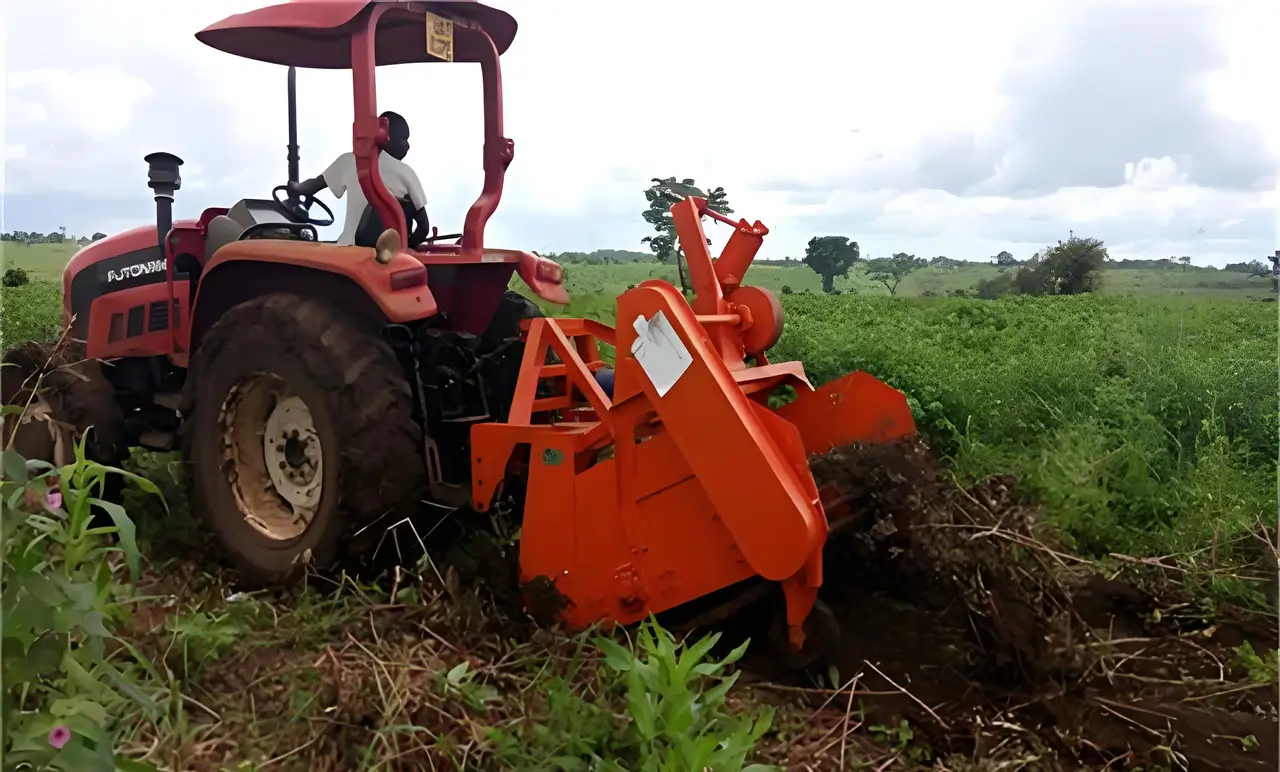
When cassava is ready to harvest and how to harvest efficiently Jan, 23, 2025
Traditional cassava harvesting methods mainly rely on manual operations. Farmers need to use hoes or shovels to dig cassava one by one, which is labor-intensive and inefficient. It is easy to damage the cassava roots and stems due to improper operation, affecting yield and quality.
In contrast, modern cassava harvesting methods have achieved mechanized operations. By using a vibrating chain cassava harvester or a combine harvester, the machine can quickly dig cassava, increasing the harvesting efficiency to 50 times that of manual labor. Mechanized harvesting not only reduces labor intensity, but also reduces the rate of damaged potatoes, increases the rate of clear potatoes, and ensures the integrity and quality of cassava.
Timing of Cassava Harvest
The timing of cassava harvest mainly depends on the variety, planting environment, and climatic conditions. Generally, cassava can be harvested when the aerial parts of the plant begin to wither, the leaves fall off in large numbers, the underground tubers have fully matured, and the starch content reaches its peak. This usually occurs 9 to 18 months after planting.
The specific criteria for determining the harvest time are as follows:
- Plant Appearance: The aerial parts have a large number of yellowed and fallen leaves, and the stems become woody.
- Tuber Growth: The tubers have reached their maximum size, with smooth skin and firm flesh.
- Starch Content: The starch content in the tubers is at its highest, resulting in a mealy texture.
Note: If harvested too early, the starch content of the roots will be low and the yield will be low; if harvested too late, the roots will age easily and the fiber content will increase, affecting the quality.

Mechanized Harvesting of Cassava
With the advancement of agricultural mechanization, cassava harvesting has gradually been mechanized. Mechanized harvesting not only increases efficiency and reduces labor intensity but also minimizes damage to the tubers, thereby improving yield and quality.
Common types of cassava harvesting machinery include:
- Cassava Harvester: This machine can complete multiple operations, such as soil loosening, root digging, and ridge forming, in one go, significantly enhancing harvesting efficiency.
- Supporting Machinery: In addition to harvesters, there are also supporting machines like transport vehicles and loaders, which further improve the efficiency of the harvesting process.
Advantages of mechanized harvesting:
- High Efficiency: Mechanized harvesting is much faster than manual harvesting, greatly reducing the time required for the process.
- Less Damage: Mechanized operations are relatively gentle, reducing damage to the tubers and improving product quality.
- Reduced Labor Intensity: It eliminates the need for strenuous manual labor, thereby improving working conditions.
Precautions for mechanized harvesting:
- Soil Conditions: Mechanized harvesting requires suitable soil conditions. Soil that is too hard or too soft can affect the effectiveness of the operation.
- Tuber Size: Different cassava varieties have different tuber sizes, so it is important to select the appropriate harvester model.
- Operators: Operators must undergo professional training and be proficient in the operation of the machinery.

Summary
Harvest timing and mechanized harvesting of cassava are important links in cassava cultivation. Reasonably determining the harvest time, selecting appropriate machinery and equipment, and paying attention to operational details can effectively increase the yield and quality of cassava and reduce production costs.